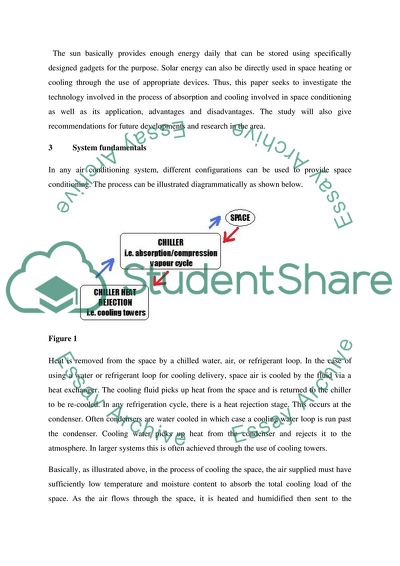Cite this document
(Effectiveness Of Using Solar Power In Providing Energy To Space Air Essay, n.d.)
Effectiveness Of Using Solar Power In Providing Energy To Space Air Essay. https://studentshare.org/technology/1714062-absorption-cooling-system-solar-thermal-energy
Effectiveness Of Using Solar Power In Providing Energy To Space Air Essay. https://studentshare.org/technology/1714062-absorption-cooling-system-solar-thermal-energy
(Effectiveness Of Using Solar Power In Providing Energy To Space Air Essay)
Effectiveness Of Using Solar Power In Providing Energy To Space Air Essay. https://studentshare.org/technology/1714062-absorption-cooling-system-solar-thermal-energy.
Effectiveness Of Using Solar Power In Providing Energy To Space Air Essay. https://studentshare.org/technology/1714062-absorption-cooling-system-solar-thermal-energy.
“Effectiveness Of Using Solar Power In Providing Energy To Space Air Essay”. https://studentshare.org/technology/1714062-absorption-cooling-system-solar-thermal-energy.


